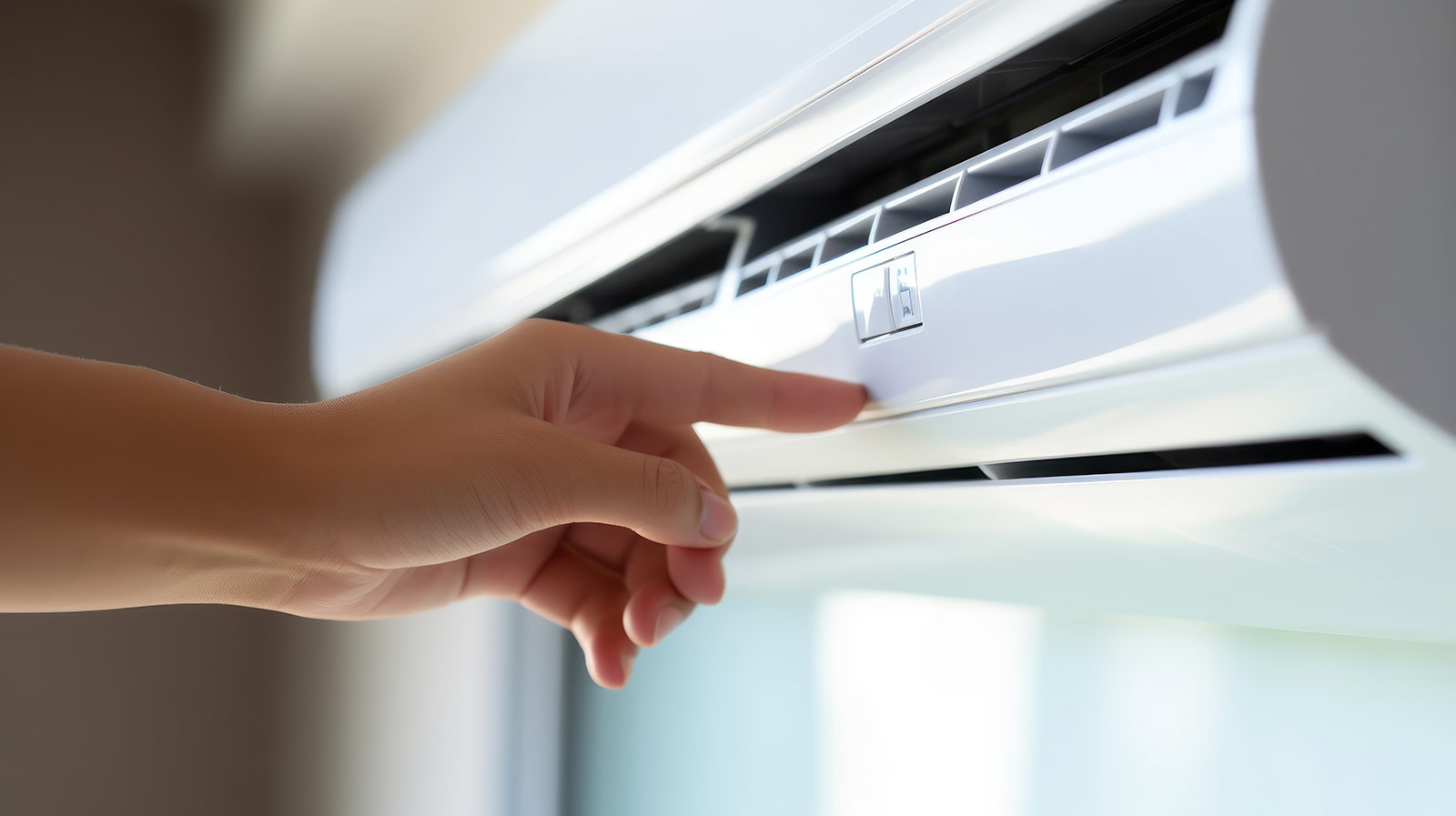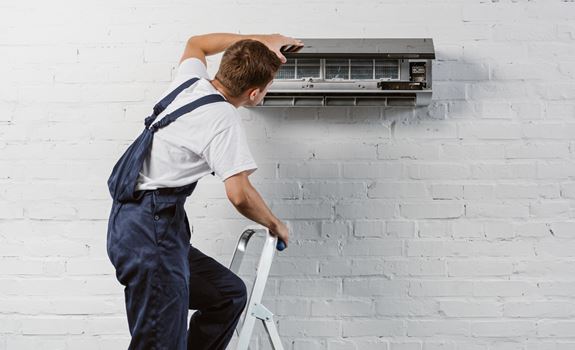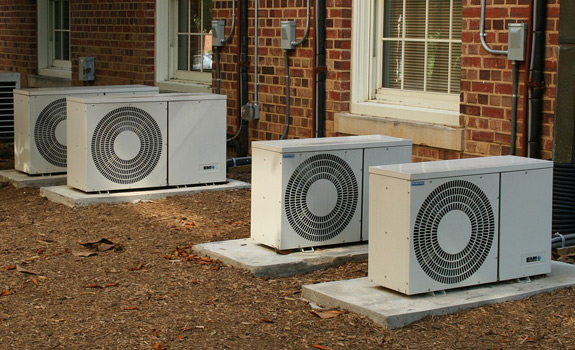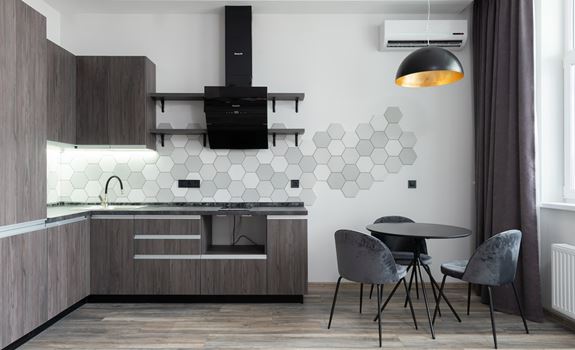Air conditioning, an emblem of present-day comfort, is often viewed as little more than a quick fix for unbearable heat. But beneath the surface of our trusty coolers lies a mystery of economic outcomes. These systems have far-reaching implications, influencing everything from household finances to broader energy markets. While the primary aim is to provide respite from the heat, the economic consequences ripple through various sectors.

The Financial Burden on Households
For most homeowners, the primary cost of air conditioning is electricity bills. The financial burden can be staggering, with air conditioning accounting for a significant portion of total energy consumption. According to the U.S. Energy Information Administration, it makes up about 12% of all household electricity usage. In warmer climates, that figure rockets dramatically, becoming one of the predominant expenses for many families.
There’s more to it than just utility bills. Maintenance costs, frequent repairs, and eventual replacements pile onto the financial load. A reported average lifespan of around 12-15 years for a system means homeowners continuously face expenses to keep them running smoothly. Ignoring maintenance can lead to decreased efficiency, ultimately raising both costs and consumption.
A compounding factor in this financial equation is the increased household wear and tear precipitated by having a cooling system. Long runtime hours during hot months can lead to faster degradation of insulation and other building materials, which could, indirectly, lead to additional long-term renovation costs. As these systems become imperative in combating unpredictable weather patterns, these hidden upkeep challenges may crop up more frequently in household budgets.
Homeowners seeking reliable and efficient cooling solutions often turn to trusted service providers for guidance. Choosing the right organization can be vital for effective maintenance and repair. Those residing in specific areas might consider Southwest HVAC, known for emphasizing customer satisfaction and efficient solutions in air conditioning services.
Job Creation and Economic Stimulus
Amid the financial draw for consumers, air conditioning systems stimulate the economy positively. The installation, repair, and maintenance services create thousands of jobs every year. As developing regions embrace these systems amidst rising temperatures, the demand for skilled labor in this industry surges.
Moreover, manufacturers of air conditioning units benefit from increased sales. Their growth drives revenue, supplies jobs, and spurs the local economies involved in production. Training programs sprout to meet the increased need for skilled workers, enhancing employment while providing further economic stimulus.
Additionally, as air conditioning technologies evolve, there’s an eye toward innovation that further fuels economic growth. Manufacturers are investing in cleaner, more sustainable alternatives that not only cater to environmentally conscious consumers but also attract investment in green technologies. This mobilization creates opportunities for new businesses to sprout and existing ones to diversify, essentially enhancing the overall economic outlook.
Impact on Energy Markets and Policy
On a macroeconomic level, increased air conditioning use affects national and global energy markets. Demand for electricity spikes sharply during summer months, pressuring power grids and occasionally leading to outages. This necessitates building costly infrastructure capable of withstanding such peaks.
Governments may also be pushed to alter energy policies. Given the environmental impact of increased power production, incentive structures pop up to encourage energy efficiency or reductions in consumption. Regulations targeting production techniques or emissions are implemented, reshaping the industry again, often resulting in additional costs trickling down to consumers.
The significant demand for power stimulates discussions around renewable energy resources. As countries move towards sustainable alternatives, investment in solar panels and wind farms has increased. While this transition carries initial financial hurdles, the long-term benefits stand to alleviate stress on traditional power sources, providing energy stability that’s vital during peak air conditioning seasons.
Hidden Environmental Costs
While the economic benefits and burdens are undeniable, the shadow cast by air conditioning on the environment remains ever-present. Higher electricity demands mean increased reliance on fossil fuels, escalating carbon footprints. This environmental consideration frequently makes consumers and policymakers weigh comfort against sustainability.
Moreover, cooling agents used in some older air conditioning systems contribute to ozone depletion and global warming if not properly managed. As replacements come into play, vintage units are often swapped for more climate-friendly options, albeit at additional costs.
Efforts such as retrofitting homes with better insulation and encouraging natural cooling methods are being explored to mitigate the environmental harm of air conditioning. Such initiatives work to inspire personal responsibility toward minimizing energy use, and governments reinforce these changes with policies that promote eco-friendly residential construction. The balance between technological comfort and responsible stewardship is an ongoing dialogue influenced significantly by the everyday choices of households.
Conclusion
The hidden economies within home air conditioning systems illustrate a fascinating interplay of costs and benefits. The financial trade-offs borne by households, job creation, industrial impacts, energy market shifts, and budding environmental awareness all intertwine within this singular aspect of modern life. While the comfort provided by chilling blasts of air is undeniable, the hidden economies playing out in the background present a much larger and more complex picture.
Published in: Home advice | Author: Lynn






